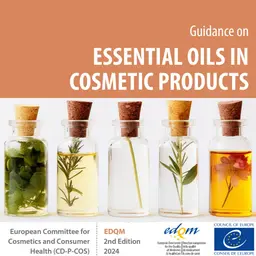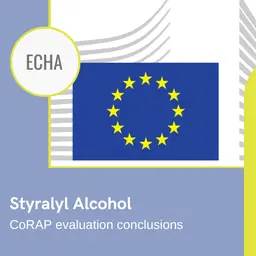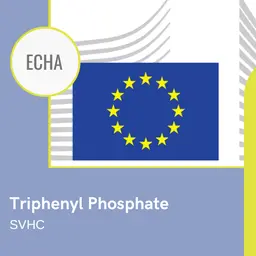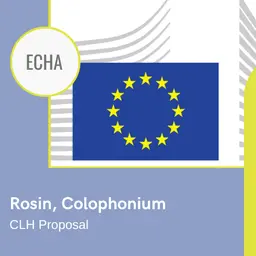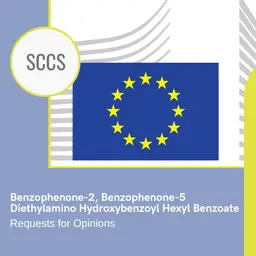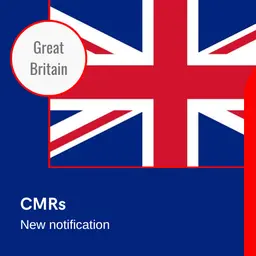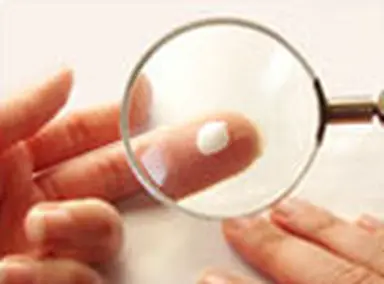
It is commonly used in skin whitening products. The Scientific Committee on Consumer Products (SCCP) has published its evaluation. Conclusion: Kojic Acid is a risk for the consumer’s health, even at a figure as low as 0.1% in a care product. A common figure, often higher, in whitening creams …
Though it is classified in the International Nomenclature of Cosmetics Ingredients (INCI) as an anti-oxidant (CAS nbr 501-30-4), it is used as a whitening agent along one of its esters, the Kojic Dipalmitate (CAS n° 79725-98-7), which is classified as an emollient .
An efficient whitening agent
The Kojic Acid, which may be synthesized or extracted from vegetable, is an inhibitor of tyrosinase, an enzyme that catalyses the production of melanine and of other pigments, which give skin its brownish colour. Though sometimes people like it (tan in summer), it may also be unsightly and/or a reminder of ageing when it is not evenly spread and gives spots on the face and the hands. Blocking the production of melanine, the Kojic Acid is efficient to tone down brown spots or to "bleach" skins, especially Asian ones, and is often used in whitening or anti-ageing creams. It is also an ingredient of the anti-mask of pregnancy products.
Undesirable effects
It has been more and more used after the ban of Hydroquinone in cosmetics in 2001. Hydroquinone was then the main whitening agent, but was unsafe, especially when used in the concentrations that made it efficient. It may produce permanent bleaching, uneven …



